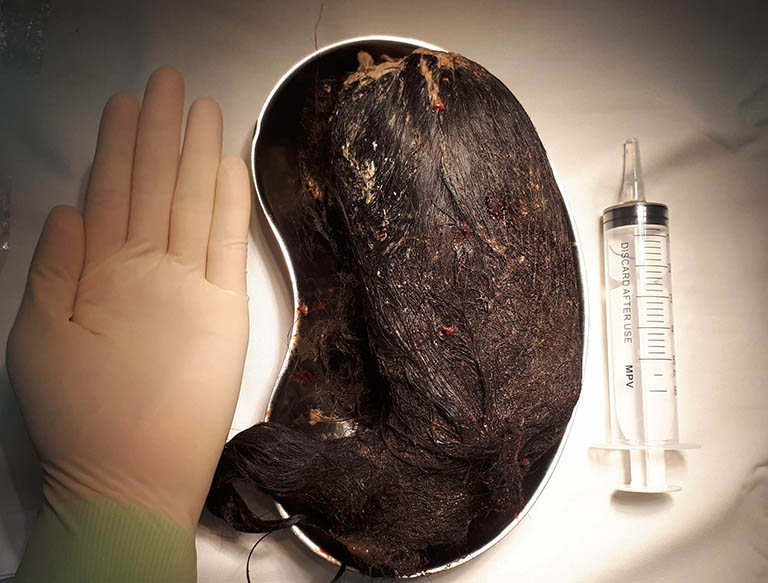How to Satisfy Dirt Cravings: Understanding Pica and Finding Healthy Solutions
Cravings come in all shapes and forms, but what happens when your craving leads you to something unconventional, like dirt? If you've ever wondered "How to satisfy dirt cravings?" you might be experiencing a phenomenon known as pica. In this article, we'll delve into pica, its potential causes, and provide you with strategies to address these unusual cravings in a healthy and safe way.
1. Understanding Pica: Cravings Beyond the Ordinary

Pica
Pica is a disorder characterized by the consumption of non-nutritive and non-food substances.
This includes cravings for items like dirt, clay, chalk, ice, and even paper. While it may seem puzzling to some, pica is a recognized medical condition that requires understanding and proper management.
2. Unveiling the Causes of Pica
Pica cravings can be influenced by a variety of factors:
Nutritional Deficiencies: Pica sometimes arises from deficiencies in certain nutrients, such as iron or zinc. The body may develop cravings as a way to seek out these missing nutrients.
Cultural and Social Factors: In some cultures, consuming non-food substances is considered a traditional practice. Social influences and exposure to these behaviors can contribute to pica.
Sensory Stimulation: Some individuals experience sensory pleasure from consuming certain textures or substances, leading to recurring cravings.
Underlying Medical Conditions: Pica can also be associated with certain medical conditions, such as autism, developmental disorders, and gastrointestinal conditions.
3. The Risks and Dangers of Pica

Dangers of Pica
While the act of consuming non-food substances might be driven by various factors, pica can pose serious health risks:
Gastrointestinal Issues: Ingesting non-food items can lead to gastrointestinal distress, including abdominal pain, constipation, or even blockages.
Toxicity: Some substances can be toxic when ingested, leading to poisoning and other health complications.
Nutritional Imbalance: Pica can interfere with proper nutrition and exacerbate existing nutritional deficiencies.
4. Seeking Professional Help
If you or someone you know is experiencing persistent cravings for non-food substances, it's essential to consult a healthcare professional. A doctor can help identify underlying causes, conduct relevant tests, and recommend appropriate treatments.
5. Strategies to Address Pica Cravings
Addressing pica requires a holistic approach to manage both the physical and psychological aspects of the condition:
Nutritional Assessment: A healthcare provider can assess your nutritional status and recommend supplements or dietary changes to address deficiencies.
Behavioral Interventions: Cognitive-behavioral therapy (CBT) and counseling can help individuals understand and manage their cravings.
Substitute Foods: If the craving stems from a specific texture or sensation, exploring healthy foods with similar characteristics might help satisfy the urge.
Distraction Techniques: Engaging in activities that divert attention from the craving, such as hobbies, exercise, or mindfulness, can be beneficial.
6. Educating and Raising Awareness
For those around someone experiencing pica, understanding the condition is crucial.
Support and empathy play a vital role in helping individuals address their cravings and seek appropriate treatment.
Cravings, even when they involve non-food substances, are a complex phenomenon. If you find yourself wondering "How to satisfy dirt cravings?" remember that pica is a recognized condition that deserves understanding and medical attention. While unconventional cravings can be puzzling, addressing them in a safe and healthy manner is essential for your overall well-being. By seeking professional help, understanding the underlying causes, and employing effective strategies, you can navigate the challenges of pica and find solutions that prioritize your health and happiness.